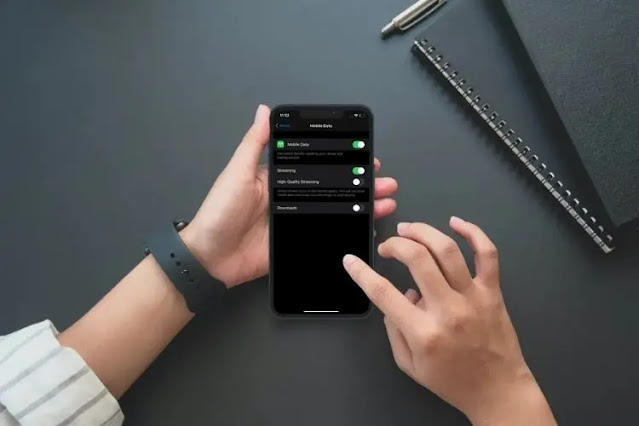The iPhone has revolutionized the way we communicate and interact with the digital world. With its advanced features, sleek design, and robust capabilities, it has become an essential tool for millions of people worldwide. While most iPhone users rely on a combination of Wi-Fi and cellular data to stay connected, there is an intriguing question that arises: Can you use an iPhone with only cellular data? In this article, we'll explore the possibilities and limitations of using an iPhone without Wi-Fi.
The Advantages of Cellular Data
Cellular data is a wireless internet connection that relies on the same networks used by mobile phones to make calls and send messages. When you activate cellular data on your iPhone, it allows you to access the internet wherever there is network coverage. There are several advantages to using cellular data:
Mobility: Unlike Wi-Fi, which confines you to specific areas, cellular data enables you to stay connected on the go. Whether you're traveling, commuting, or outdoors, as long as you have cellular coverage, you can access the internet.
Convenience: Cellular data eliminates the need to enter Wi-Fi passwords or connect to different networks. It is always available as long as you have an active data plan.
Reliability: While Wi-Fi connections may experience disruptions due to network congestion or interference, cellular data generally offers a more stable and consistent internet experience.
Using an iPhone with Only Cellular Data
Yes, you can absolutely use an iPhone with only cellular data. Apple has designed its devices to function seamlessly with cellular data, and many features and apps are optimized to work in this mode. To use your iPhone with only cellular data, follow these steps:
Enable Cellular Data: Open the Settings app, go to "Cellular" or "Mobile Data," and toggle on the "Cellular Data" option.
Disable Wi-Fi: To ensure your iPhone exclusively uses cellular data, turn off the Wi-Fi by going to "Wi-Fi" in the Settings app and toggling off the "Wi-Fi" option.
Manage App Settings: Some apps might be set to prioritize Wi-Fi connections by default. To make sure they use cellular data, you can change their settings individually in the "Cellular" section of the Settings app.
Monitor Data Usage: Since using cellular data may consume more of your data plan, it's essential to keep an eye on your data usage regularly. You can track your data consumption in the "Cellular" section of the Settings app.
Limitations of Using Only Cellular Data
While using an iPhone with only cellular data is feasible, there are some limitations to consider:
Data Costs: Cellular data is typically more expensive than Wi-Fi, especially if you have a limited data plan. Streaming videos, downloading large files, or heavy app usage can quickly deplete your data allowance.
Speed and Stability: Cellular data speeds may not always match the performance of Wi-Fi, especially in crowded or remote areas with weaker signals.
Battery Drain: Using cellular data for extended periods may drain your iPhone's battery faster than when connected to Wi-Fi, as it requires more power to maintain a cellular connection.
No Wi-Fi Calling: Some carriers and regions offer Wi-Fi calling, allowing you to make calls over a Wi-Fi network when cellular coverage is poor. With only cellular data, this option may not be available.
Conclusion
In conclusion, using an iPhone with only cellular data is entirely possible and can be convenient for users who are always on the move or don't have access to reliable Wi-Fi networks. The iPhone is designed to seamlessly switch between Wi-Fi and cellular data, ensuring a continuous internet experience. However, users should be mindful of data usage, costs, and potential limitations to make the most of their cellular-only iPhone experience. Whether you're using Wi-Fi, cellular data, or a combination of both, the iPhone remains a powerful tool that keeps you connected to the digital world at all times.

Comments